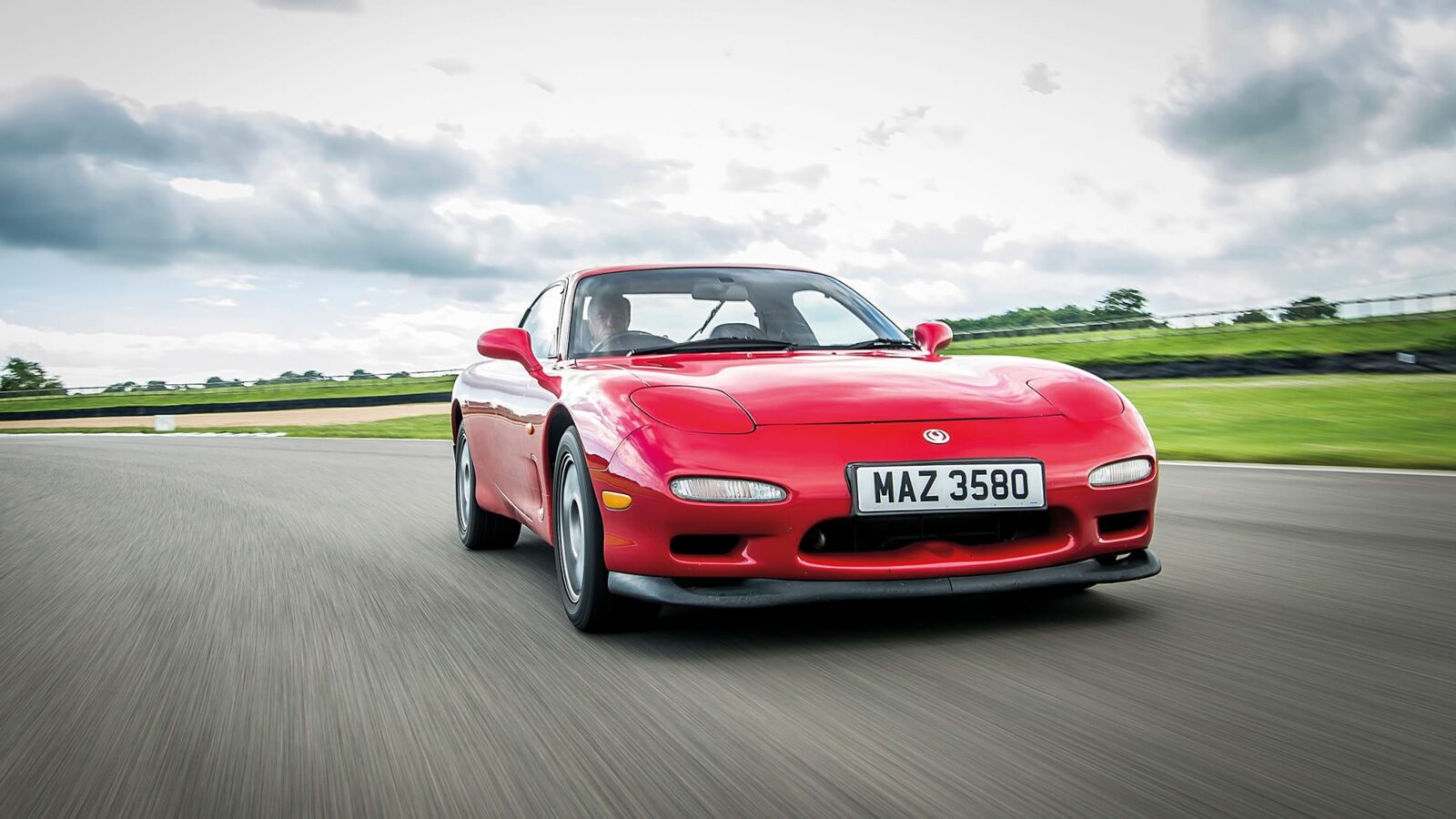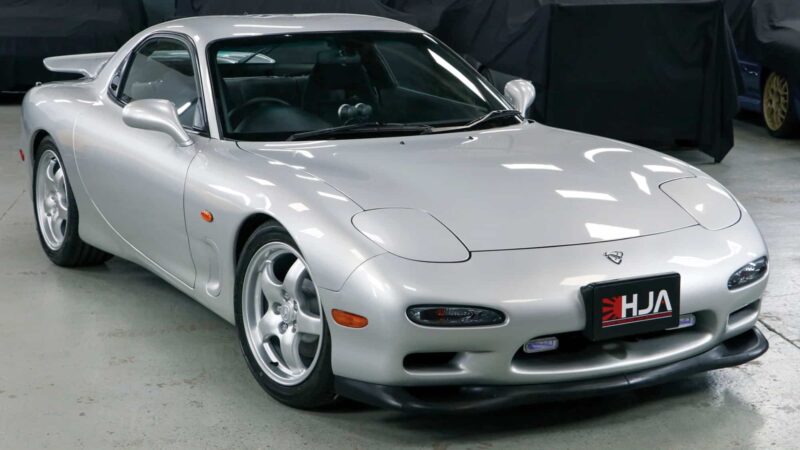Mazda RX-7: Road car buying guide
Unappreciated in its time, the Mazda RX-7 is now a rarity. But, as Rob Ladbrook discovers, it has a swathe of new admirers

That’s Mazda price: the RX-7 FD was imported in small numbers; its value is on the up
It seems strange to call any of Mazda’s RX cars a rarity, but the RX-7 FD – the daddy of them all – is fast becoming a prized specimen, with prices beginning to match what Mazda always believed it could, albeit some 30 years too late.
OK, so the RX-7 as a general model isn’t all that rare. Mazda had been building it in some shape or form since 1978 and produced over 800,000 in total, with the bulk sold domestically in Japan and Asia. However, take a gander at how many RX-7s are in the UK and you’ll find there were only around 500 on UK roads as of 2020, making the European spec RX-7 a far rarer sight than most Ferraris.
Despite being a fantastic piece of design, the RX-7 was hamstrung by poor pricing decisions, government taxes and limited imports. And now those three things are adding up to make the RX-7 a sought- after classic in its own right.
Original variants were all powered by the rotary Wankel engine, of which the brand had pioneered development since 1961, gradually refining Felix Wankel’s original design to make it more powerful. The brand’s ability to get close to 200bhp from an engine just over a litre in capacity made the powertrain perfect for a lightweight sports car, something capable of taking on Porsche, Ferrari and co in Europe.
So, after almost 750,000 mass-produced wedge-like early RX-7s, Mazda opted to revive the designation for one final flourish, the FD.

1996 model available for £30,000
The car stuck to Mazda’s core concept of a lightweight chassis and punchy engine. Its sleek bodywork was penned by Yoichi Sato and Wu-huang Chin, who worked on the MX-5. But to push the car upmarket it needed something special to match those good looks. That arrived in the form of an innovative twin-turbocharging system developed with Hitachi.
By tackling the early lag that had been the Wankel’s weakness, Mazda created a car that flowed through the gears, backed by that banshee-like roar and a healthy 255bhp in base form. It looked superb, sounded brilliant, was hailed as one of the best driver’s cars on its launch in 1992, yet barely sold. Why?
First off, Mazda’s attempts to take on European brands led to the RX-7 gaining bulk, which put it above the Japanese car dimension laws, leading to domestic buyers having to fork out extra taxes to own one. Then in the UK Mazda launched the RX-7 at £32,000, which put it dangerously close to 911 money.
By 1995, only 210 RX-7s had been sold in the UK, and even Mazda lowering its price to £25,000 failed to provide a sales boost.
Ironically, the rise of computer games gave the car just that. Star appearances in titles such as Need for Speed and Gran Turismo, plus a key role in The Fast and Furious film franchise gave the RX-7 a cult following on the tuner scene.
Due to the car’s rarity here, prices are on the rise, with original examples commanding good money. If you can find one of the lesser- spotted specials such as the Type R Bathurst, you can be looking at real Porsche money.
Mazda RX-7 FD statistics
- Price new £35,000
- Price now £25,000-£50,000
- Engine 1.3-litre Wankel rotary with sequential twin-turbocharging
- Rivals Porsche 911, Ferrari Testarossa, Dodge Viper
- Verdict A much-overlooked Japanese classic, which is coming into its own
One for sale
1996 RX-7 Type RS
Fresh from Japan, this is remarkably original. The owner says it’s never even seen rain.
£30,000
harlow-jap-autos.co.uk
